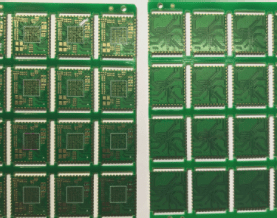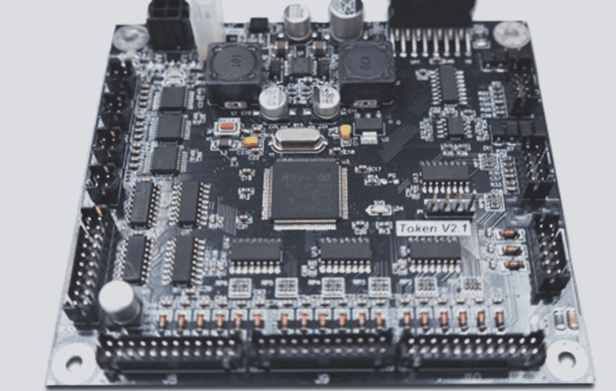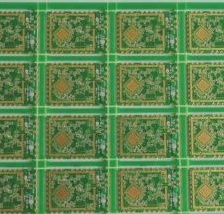Understanding Capacitors in Electronic Circuits
Capacitors play a crucial role in storing and managing energy within electronic circuits. They are versatile components capable of blocking direct current (DC), allowing alternating current (AC) to pass through, and filtering out low-frequency signals. By comprehending the various types of capacitors and their functions, we can better interpret electronic circuit schematics.
Types of Capacitors and Their Functions:
- Filter Capacitor: Filters AC components from DC power supplies to ensure smooth voltage output.
- Decoupling Capacitor: Prevents parasitic oscillations in amplifier circuits by providing a stable power supply.
- Bypass Capacitor: Maintains signal integrity in circuits with both AC and DC components.
- Coupling Capacitor: Connects signal sources in AC circuits while blocking DC interference.
- Tuning Capacitor: Aids in selecting oscillation frequencies in resonance circuits.
- Pad Capacitor: Adjusts frequency response in resonance circuits for better performance.
- Compensation Capacitor: Expands frequency range in resonance circuits for enhanced signal output.
- Neutralizing Capacitor: Suppresses oscillations in transistor amplifiers for stable operation.
- Frequency Stabilization Capacitor: Maintains stable oscillation frequencies in circuits.
- Timing Capacitor: Determines timing characteristics in RC circuits.
- Acceleration Capacitor: Boosts signal amplitudes in oscillator feedback loops.
- Shortening Capacitor: Reduces effective inductor length in UHF tuner circuits.
- Carat Capacitor: Improves frequency stability in three-point oscillation circuits.
- Thira Capacitor: Facilitates startup at high frequencies in three-point oscillation circuits.
- Amplitude Stabilization Capacitor: Stabilizes output signal amplitudes in frequency discriminators.
- Pre-emphasis Capacitor: Compensates for frequency division losses in audio modulation processing.
- De-emphasis Capacitor: Restores original audio signals by reducing boosted high-frequency components.
- Phase-shifting Capacitor: Alters AC signal phases as needed.
- Feedback Capacitor: Provides feedback between input and output signals in amplifiers.
Types of Capacitors Used in PCB Circuits
- Step-down Current-limiting Capacitor: This capacitor is crucial in AC power circuits as it restricts current flow through capacitive reactance, creating a voltage divider effect.
- Flyback Capacitor: Found in line scan output circuits, this component, with a voltage rating exceeding 1500V, is positioned between the collector and emitter of the line output tube to produce high-voltage sawtooth wave pulses for line scanning.
- Correction Capacitor: Placed in deflection coil circuits, this series capacitor aids in rectifying linear distortions at the periphery of the picture tube.
- Bootstrap Boost Capacitor: By leveraging charge and discharge properties, this capacitor elevates the potential at a specific circuit point to twice the supply voltage.
- Brightening Point Capacitor: Within video amplifier setups, this capacitor eradicates lingering bright spots on the picture tube post power-off.
- Soft-start Capacitor: Typically linked to the base of a switching tube in switching power supplies, this capacitor safeguards the tube from excessive surge current or voltage during power-up.
- Starting Capacitor: This series capacitor initiates phase-shifted AC voltage to kickstart a single-phase motor, disengaging once the motor attains regular operation.
- Running Capacitor: Interconnected with the secondary winding of single-phase motors, this capacitor furnishes phase-shifted current while the motor is operational.
If you have any inquiries regarding PCBs or PCBA services, don’t hesitate to reach out to me at info@wellcircuits.com.




